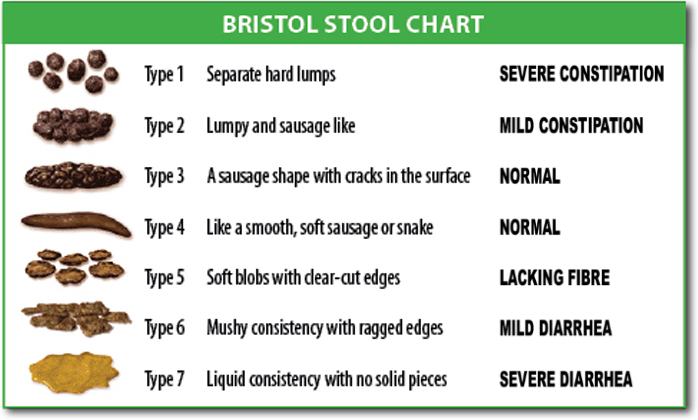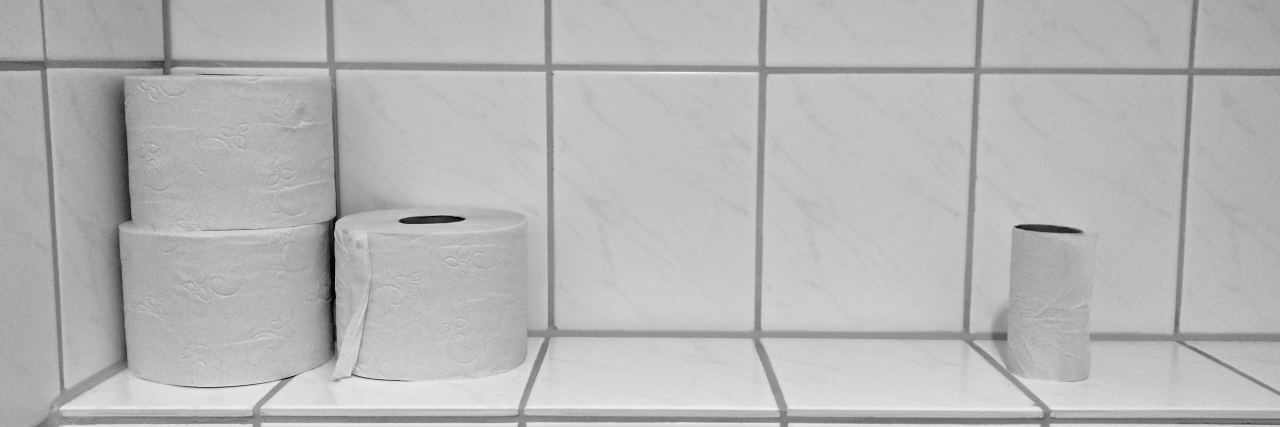A wise person once said, Everyone Poops. And if you have Crohn’s disease, you know this is exceptionally true.
Bowel movements (BMs) and inflammatory bowel disease (IBD) go hand and hand. Personally, I learned early on that I could understand how my insides were doing by looking at what was coming out of them.
Spoiler Alert: Poop is not the most pleasant topic. So if you are eating while reading this, my sincerest apologies.
Now, you may ask: What makes for a healthy poop? Well, apparently a lot of people (especially doctors) asked this question because there are several poop identification charts out there to help you out.
The most common chart is known as the Bristol Stool Scale. It is designed to help doctors understand how the body is breaking down and digesting food. A quirky (and considerably less appealing) version of this chart compares standard poop types to candy bars and chocolates. Effective? Yes. Did I just throw away all my chocolate candies? Also yes.

I personally like the standard Bristol Stool Scale chart. If I deviate from what is considered a norm poo, I know that my digestive tract is on overdrive trying to break down something I ate. I don’t go as far as keeping a poop journal, which some people find very helpful. But I do try to see how my eating choices match up with how I, well… pooped throughout the day.
Bottom line, talking about and understanding your poop is important. I know it’s not dinner table conversation. And I highly doubt that it will ever become bathroom conversation (Can you ever imagine comparing poop between stalls?? “Type 3 for me today!”).
But I’m here to say that it’s time to stop ignoring our “waste” and start reading the signs! Whether you have IBD or not, listening to your body can make a huge difference in your well-being. At least, it has for me anyway. And I’m just trying to make life with Crohn’s disease as happy (even when it’s crappy) as possible.
Unsplash Image by Michael Jasmund

